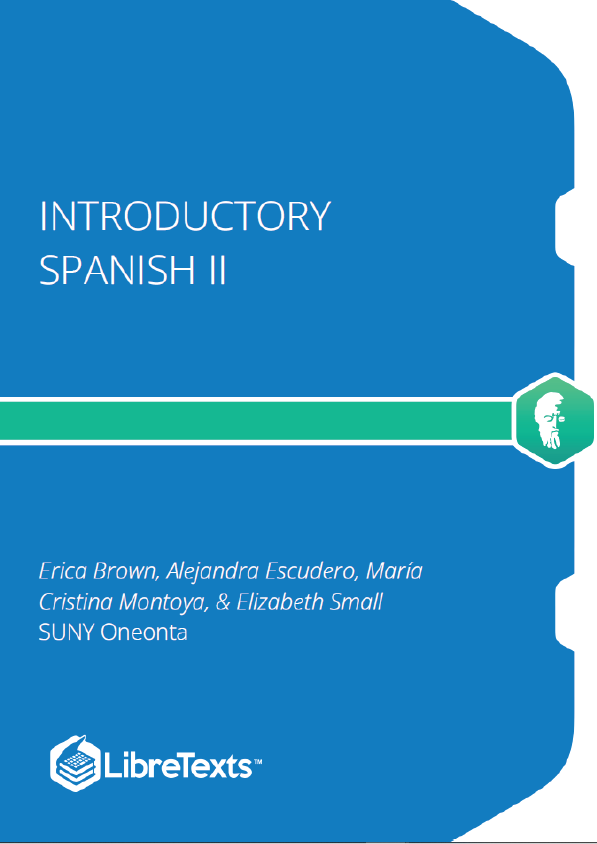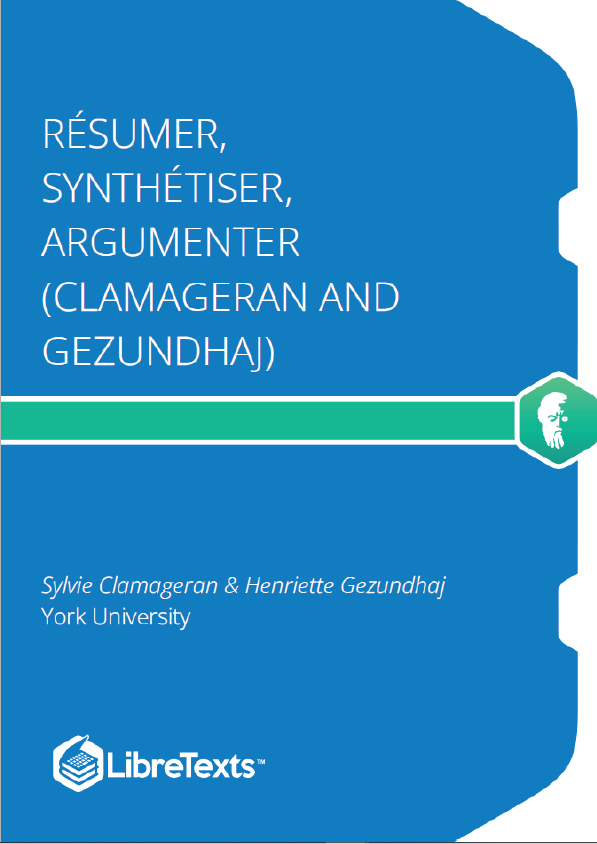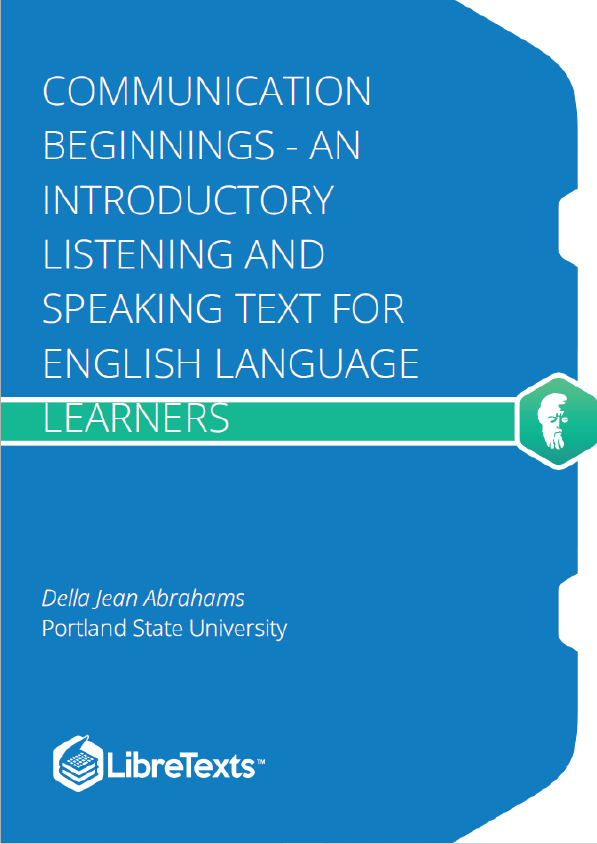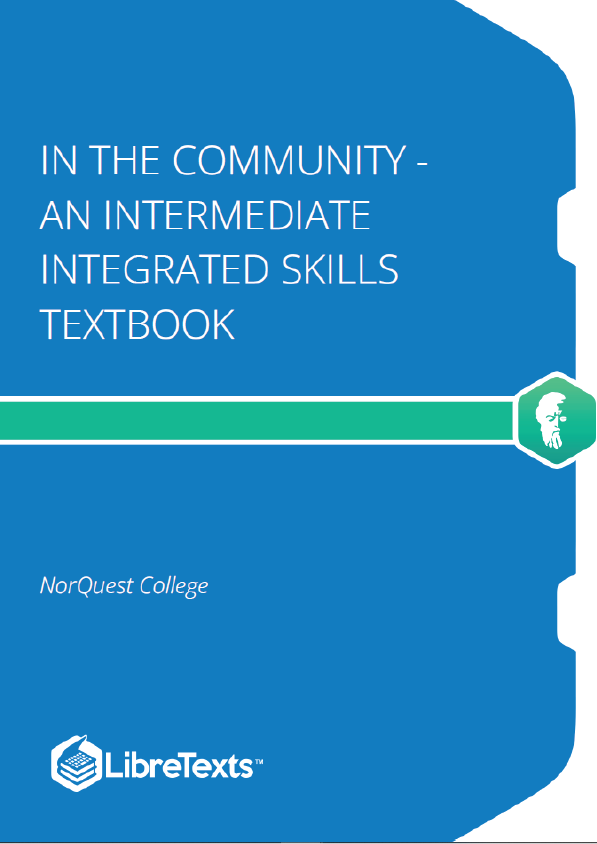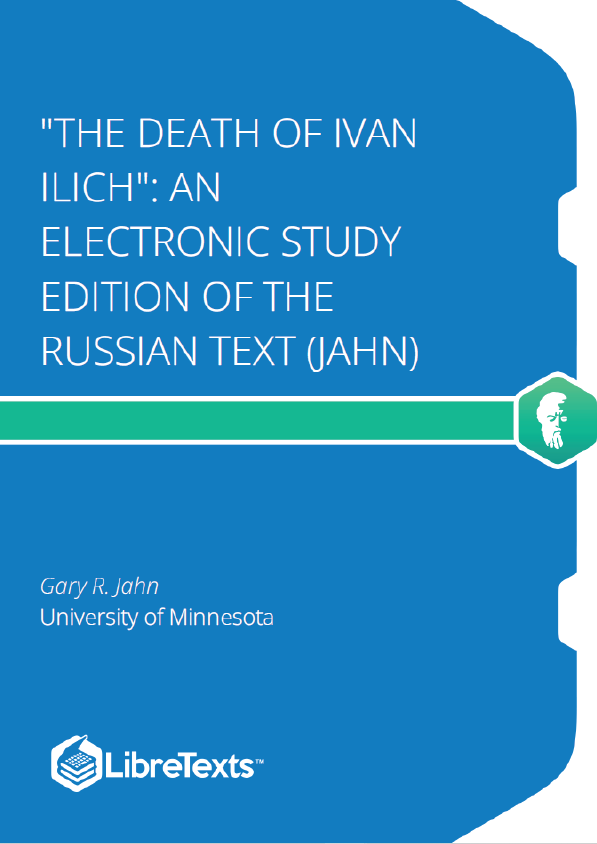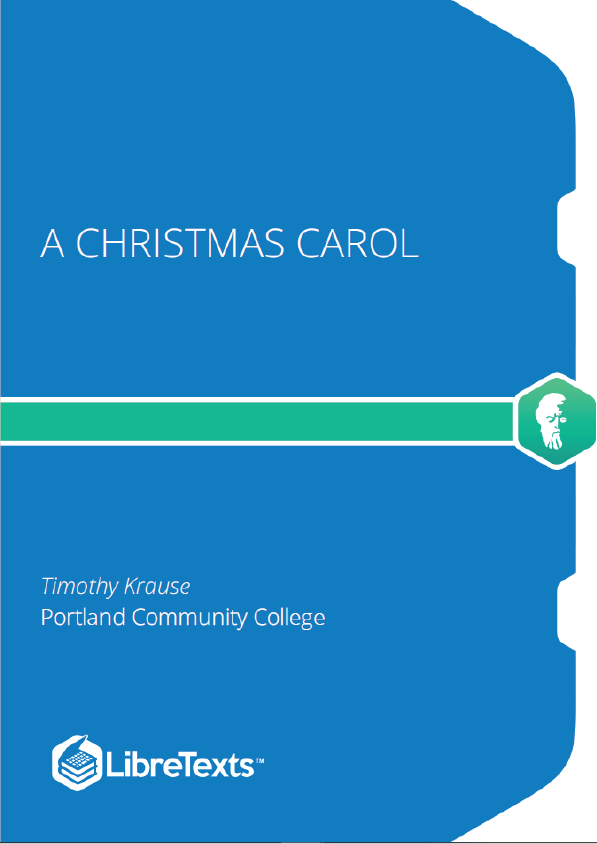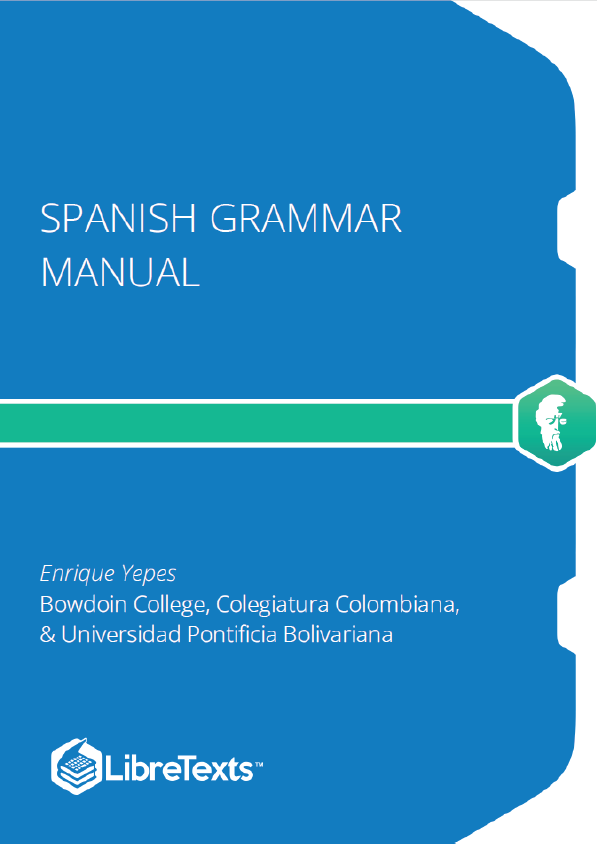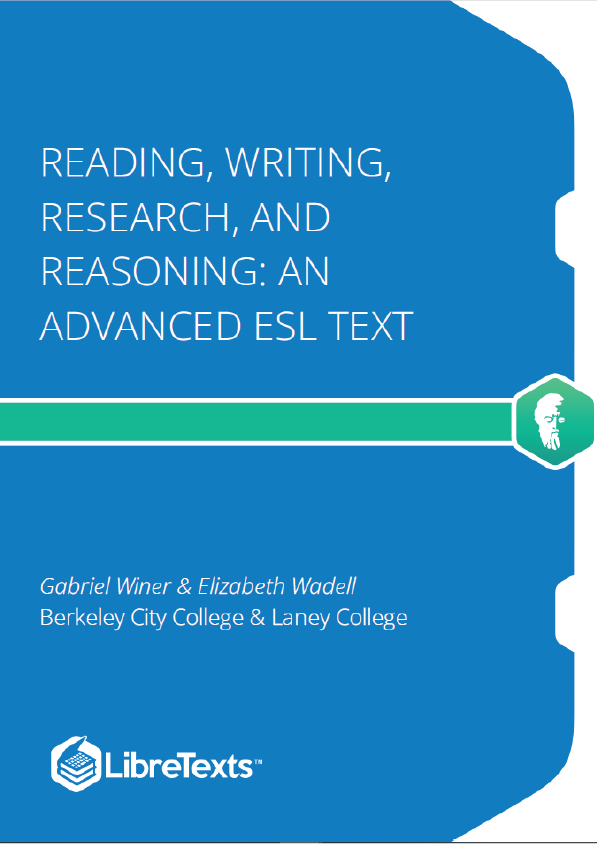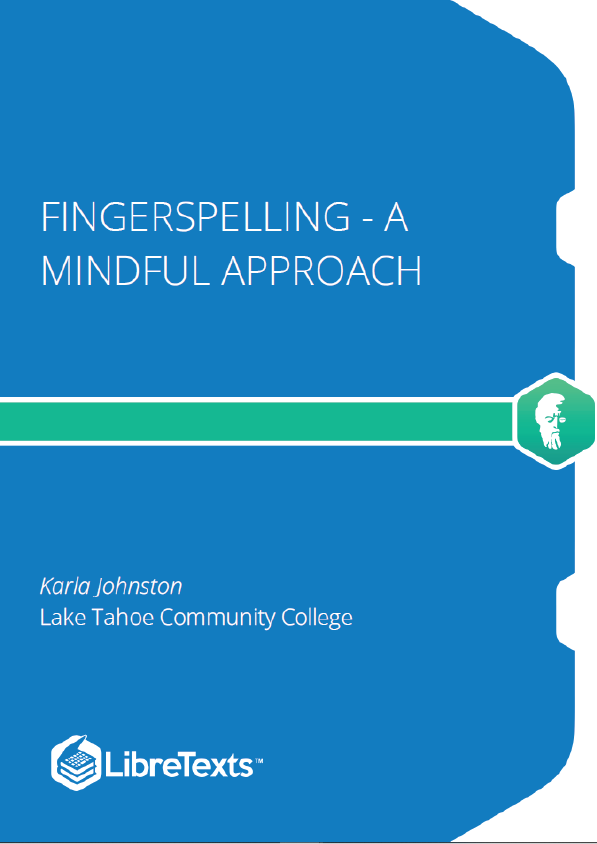This text is disseminated via the Open Education Resource (OER) LibreTexts Project (https://LibreTexts.org) and like the hundreds of other texts available within this powerful platform, it is freely available for reading, printing and “consuming.” Most, but not all, pages in the library have licenses that may allow individuals to make changes, save, and print this book. Carefully consult the applicable license(s) before pursuing such effects.
Instructors can adopt existing LibreTexts texts or Remix them to quickly build course-specific resources to meet the needs of their students. Unlike traditional textbooks, LibreTexts’ web based origins allow powerful integration of advanced features and new technologies to support learning.
The LibreTexts mission is to unite students, faculty and scholars in a cooperative effort to develop an easy-to-use online platform for the construction, customization, and dissemination of OER content to reduce the burdens of unreasonable textbook costs to our students and society. The LibreTexts project is a multi-institutional collaborative venture to develop the next generation of openaccess texts to improve postsecondary education at all levels of higher learning by developing an Open Access Resource environment. The project currently consists of 14 independently operating and interconnected libraries that are constantly being optimized by students, faculty, and outside experts to supplant conventional paper-based books. These free textbook alternatives are organized within a central environment that is both vertically (from advance to basic level) and horizontally (across different fields) integrated.
Introductory Spanish II is the second half of a comprehensive introductory Spanish sequence, providing guidance and practice in reading, writing, listening to, and speaking Spanish. Each module includes thematic vocabulary, sequenced grammar instruction, numerous self-check drills and exercises, open-form communicative activities, scaffolded writing assignments, and reading passages exploring various aspects of life and culture in the Spanish-speaking world.
A reflexive verb is a verb used with a reflexive pronoun to link the action of the verb to the subject of the verb. We use reflexive pronouns, words that end in -self or -selves, to show that the action of the verb is done to the subject. The word reflexive gives us a clue that the action of the verb is “reflected” back to the subject. In other words, the subject is both the doer and the receiver of the action. Here are some examples that illustrate this concept:
- I burned myself on the stove.
- We congratulated ourselves on a job well done.
- Helooked at himself in the mirror.
In Spanish, as we’ll see, there are number of verbs that are usually used reflexively, and need to be memorized along with their reflexive pronoun. We’ll discuss this in more detail shortly. In the meantime, let’s listen to a song by the classic Puerto Rican salsa orchestra El Gran Combo (as animated by El señor Lafontant).
